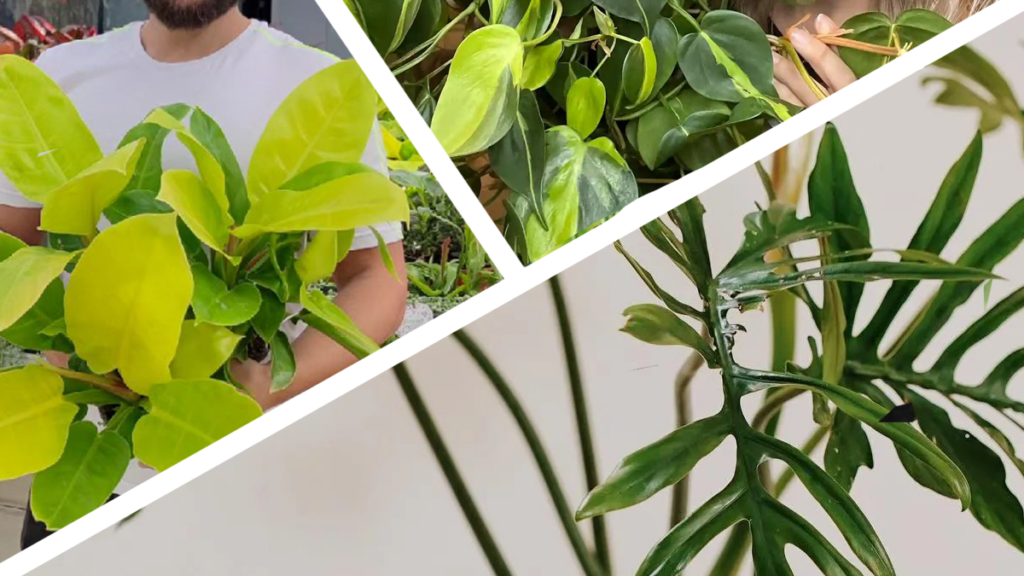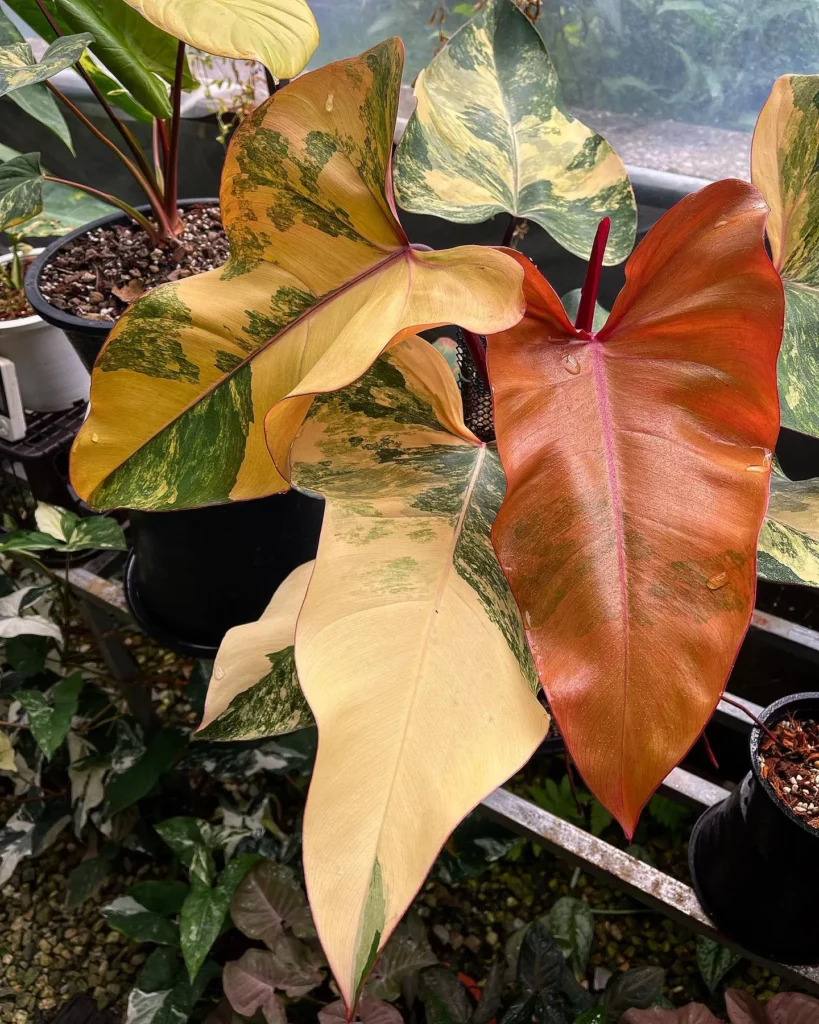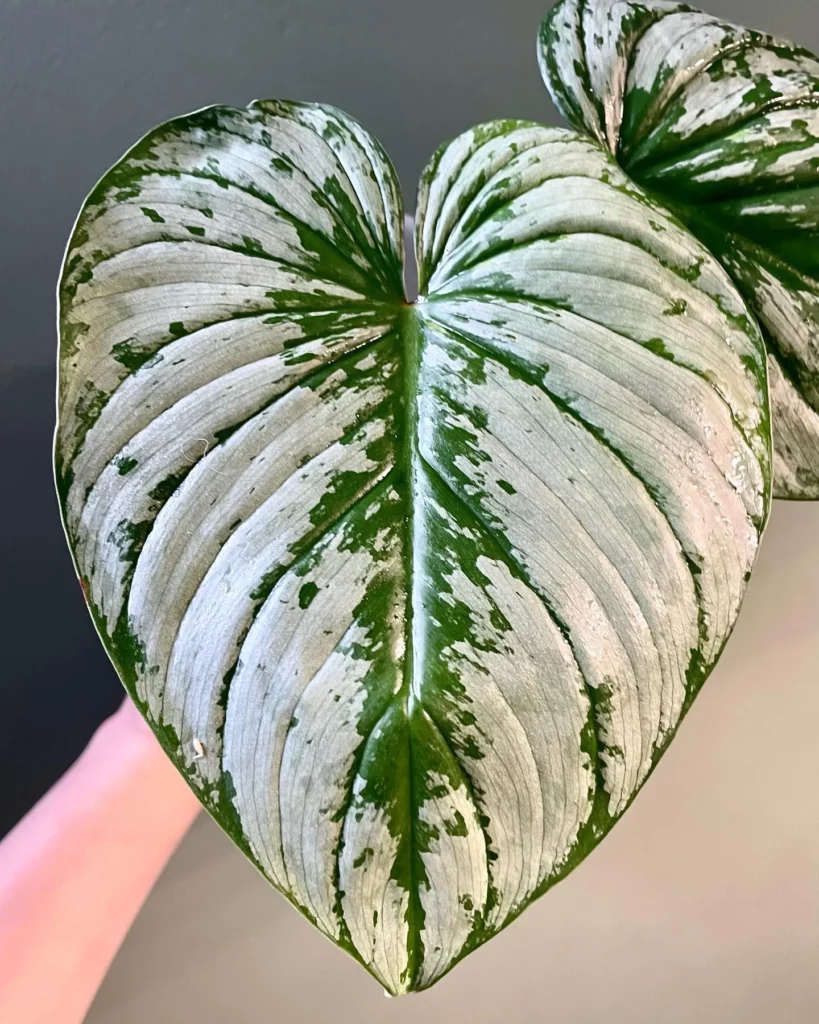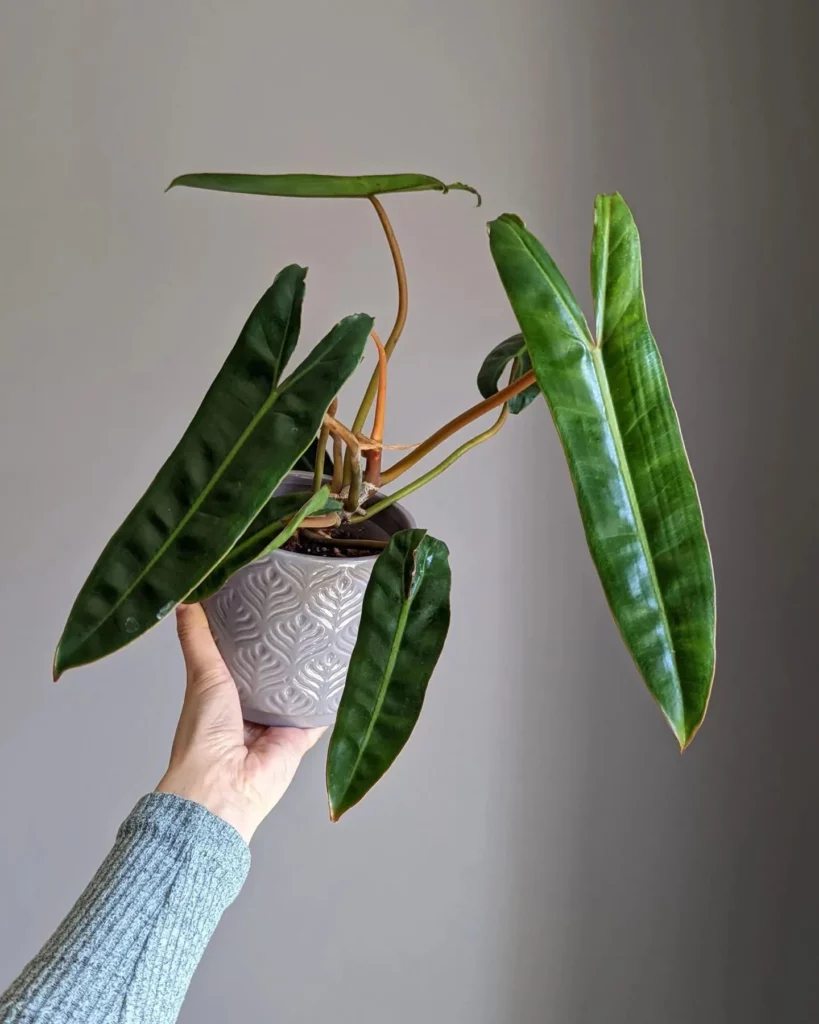Welcome to our comprehensive care guide for the stunning Philodendron Florida Beauty. Also known as Magic Mask, this houseplant is a hybrid of Philodendron squamiferum and Philodendron pedatum, resulting in its unique variegated coloring. With dramatic foliage and the potential to reach heights of up to 12 feet indoors, the Philodendron Florida Beauty is truly a captivating addition to any space. In this guide, we will provide you with expert tips for cultivating this beautiful plant and achieving lush, vibrant growth that will impress everyone.
Key Takeaways:
- Philodendron Florida Beauty, also known as Magic Mask, is a stunning houseplant with dramatic variegated coloring.
- It is a hybrid of Philodendron squamiferum and Philodendron pedatum, resulting in its unique appearance.
- The Philodendron Florida Beauty thrives in bright but indirect light, near a sunny window with a northern exposure.
- Fertilize the Philodendron Florida Beauty once a month with a diluted nitrogen-rich fertilizer to promote healthy growth.
Appearance of Philodendron Florida Beauty
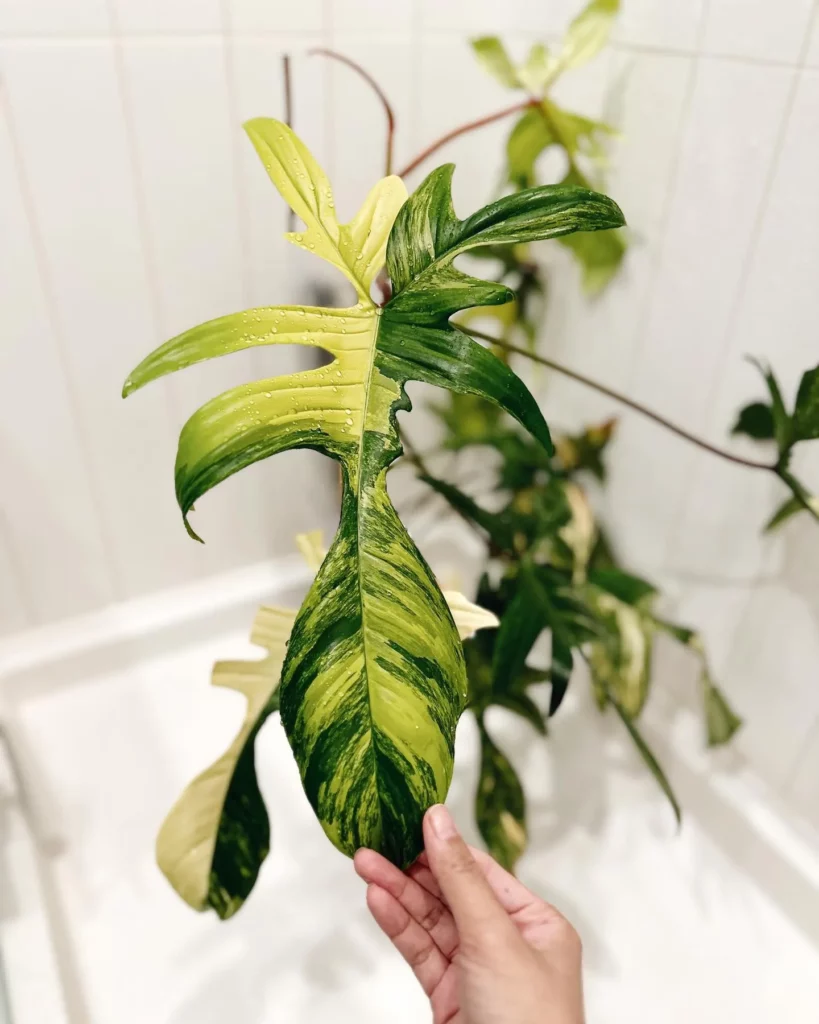


The Philodendron Florida Beauty is a visually striking houseplant, known for its unique and captivating features. Its elongated, heart-shaped leaves possess lobes at the base and serrated edges, adding an intricate texture to its overall appearance. The leaves can grow up to an impressive 12 inches in length, providing a lush and verdant display. However, what truly sets this plant apart is its stunning variegation. Through a genetic mutation, the Philodendron Florida Beauty showcases a beautiful pattern of cream or white patches on a deep, dark green background. Each leaf is a masterpiece in itself, exhibiting its own distinct pattern and coloration. The variegated leaves add a touch of elegance and sophistication to any indoor space, making it a perfect choice for plant enthusiasts and collectors alike.
Light Requirements for Philodendron Florida Beauty

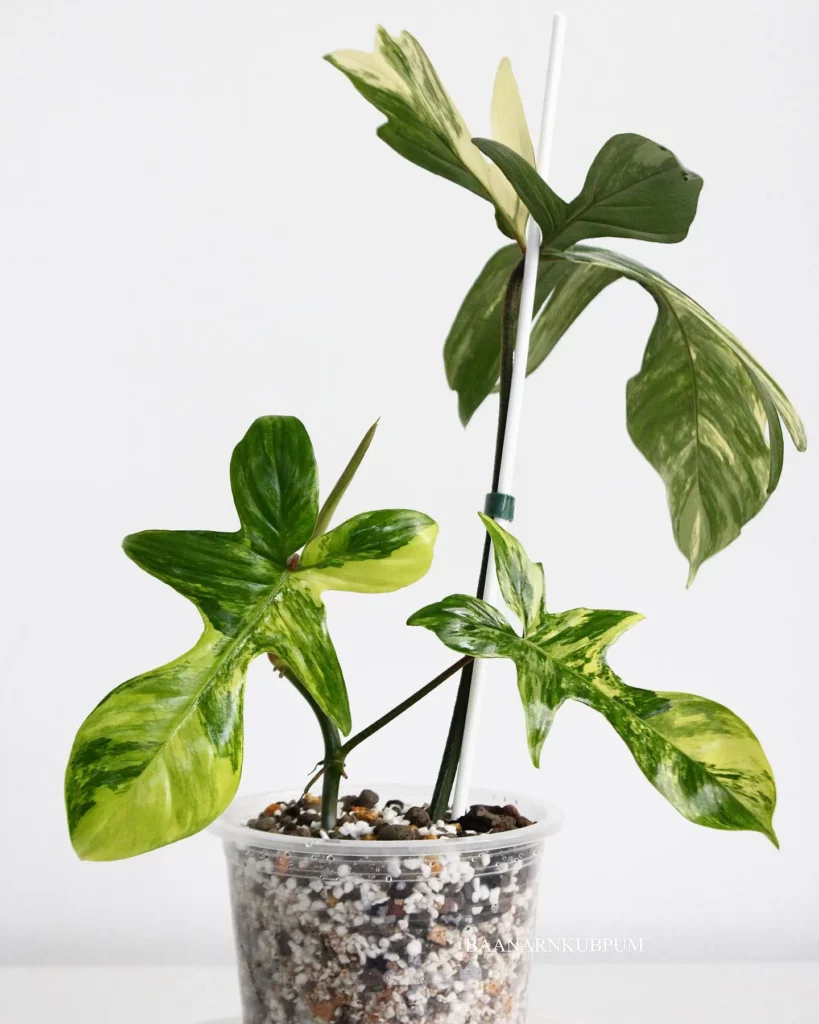
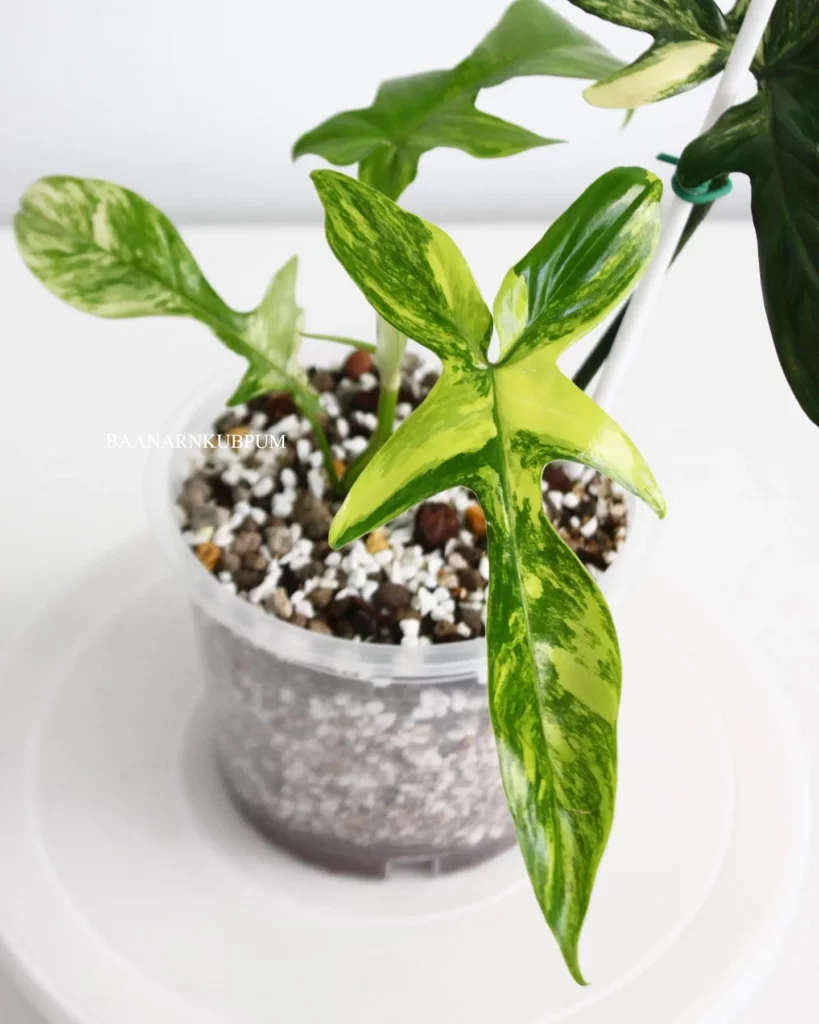
The Philodendron Florida Beauty is a stunning houseplant that thrives in bright but indirect light. To ensure its optimal growth and maintain the vibrant variegation, it’s important to provide the plant with the right amount of light.
This plant prefers a spot near a sunny window with a northern exposure, where it can receive bright but indirect light throughout the day. Direct sunlight can be too intense and can lead to leaf burn and fading of the variegation. Therefore, it’s best to provide the Philodendron Florida Beauty with indirect sunlight.
If your space doesn’t receive sufficient natural light, you can supplement it with artificial lighting. Grow lights can be a great option, as long as they are placed at least five inches away from the plant and don’t shine directly on the leaves. The goal is to mimic bright but indirect light conditions to ensure the plant’s health and vibrant appearance.
Watering and Soil for Philodendron Florida Beauty

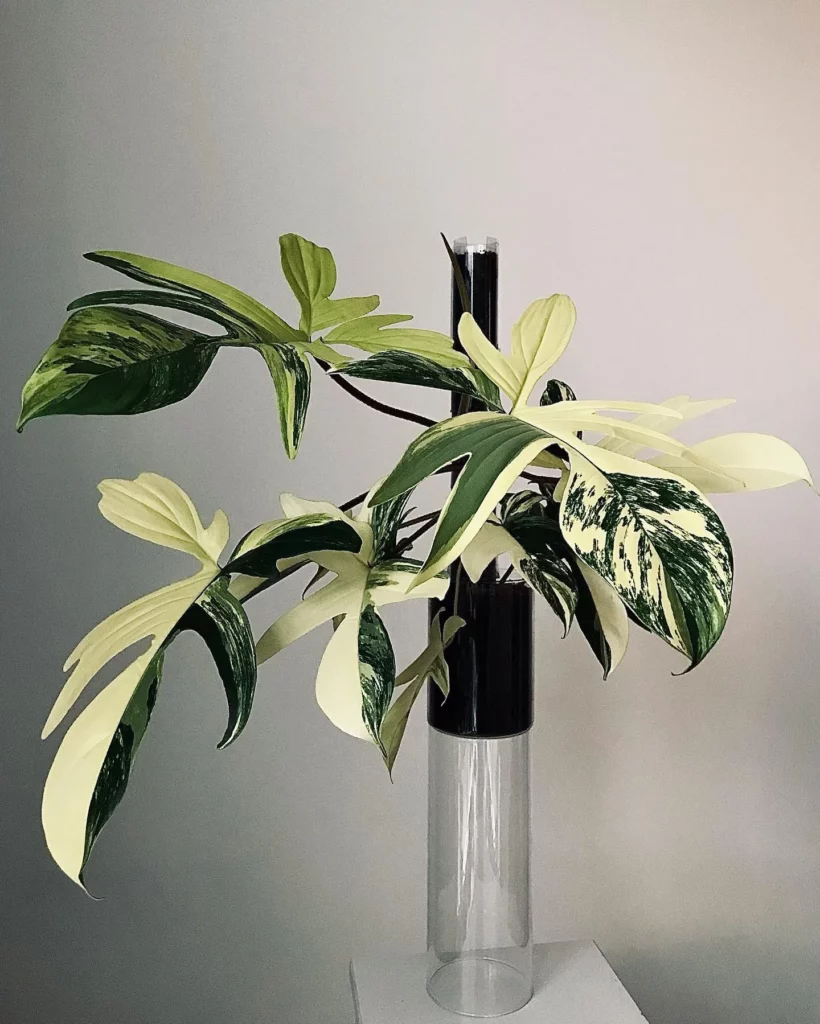
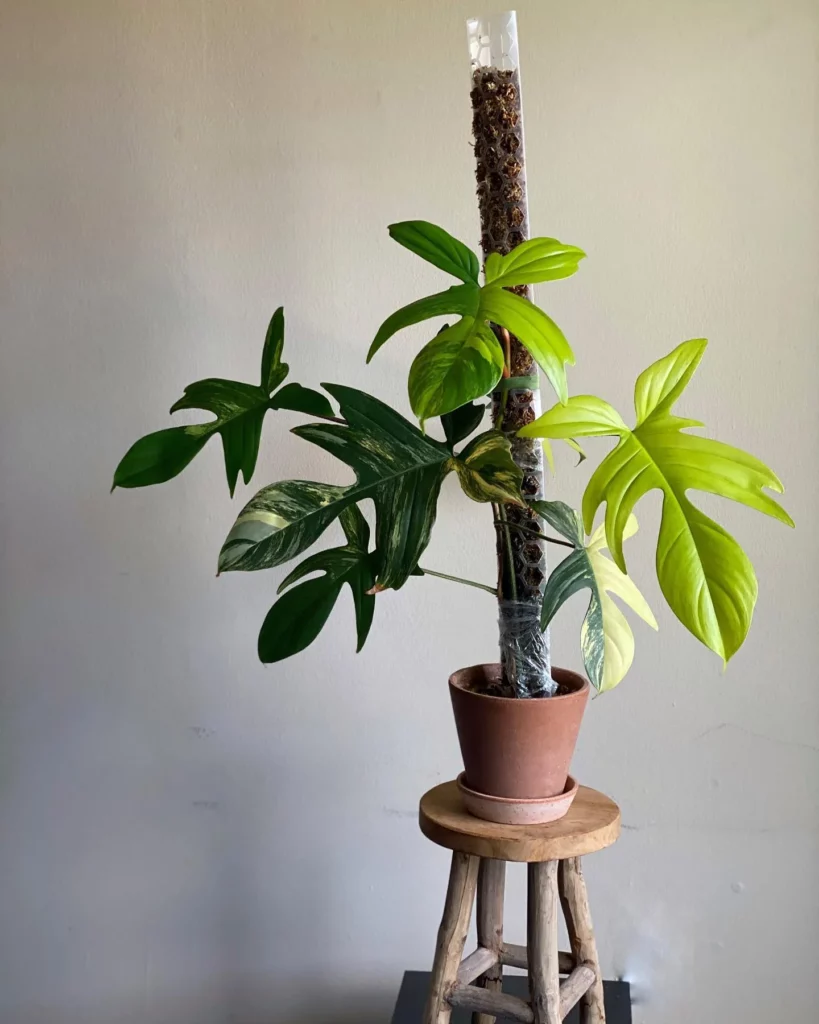
The Philodendron Florida Beauty thrives in well-draining soil or potting mix to prevent root rot. It is important to use a loamy, organic potting mix with good drainage to ensure the health of your plant. This will allow any excess water to flow out of the soil, preventing the roots from becoming waterlogged.
When it comes to watering your Philodendron Florida Beauty, it is crucial to allow the soil to dry out between waterings. Check the moisture level by inserting your finger into the soil up to the second knuckle. If it feels dry at that depth, it is time to water your plant.
During the active growing season, you may need to water your Philodendron Florida Beauty approximately once per week. However, as autumn and winter approach, adjust the watering schedule to every 10 to 14 days. This takes into account the plant’s decreased water needs during cooler months.
Fertilizing Philodendron Florida Beauty
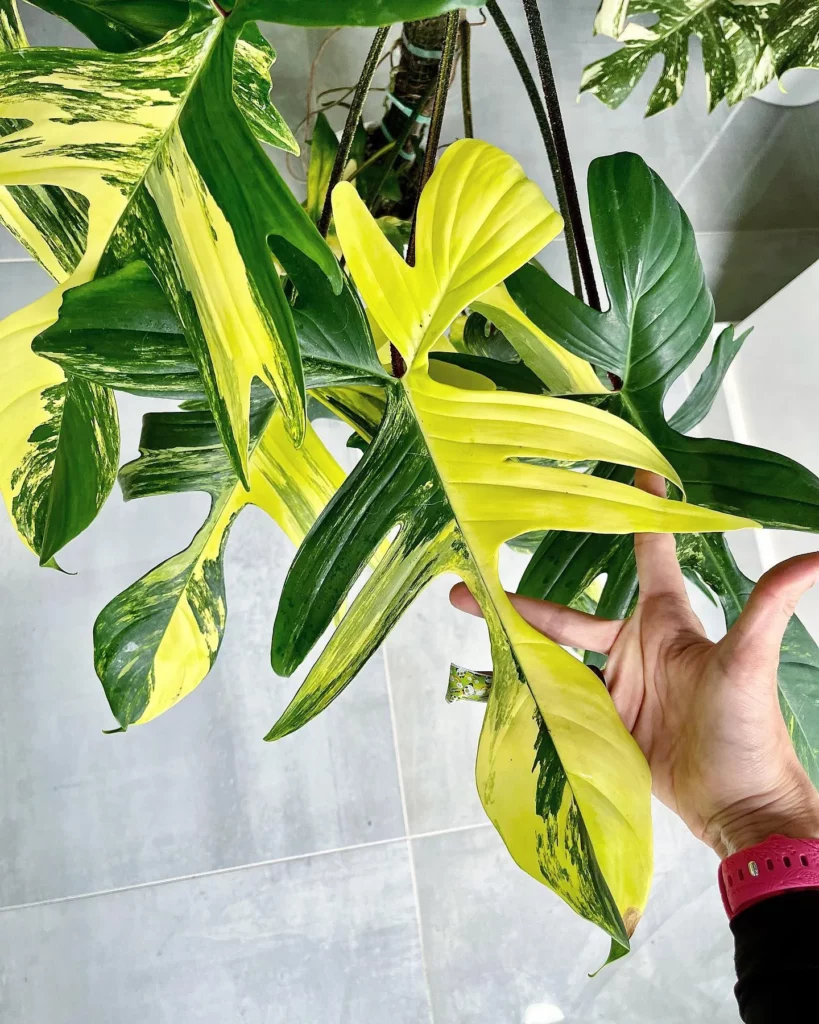
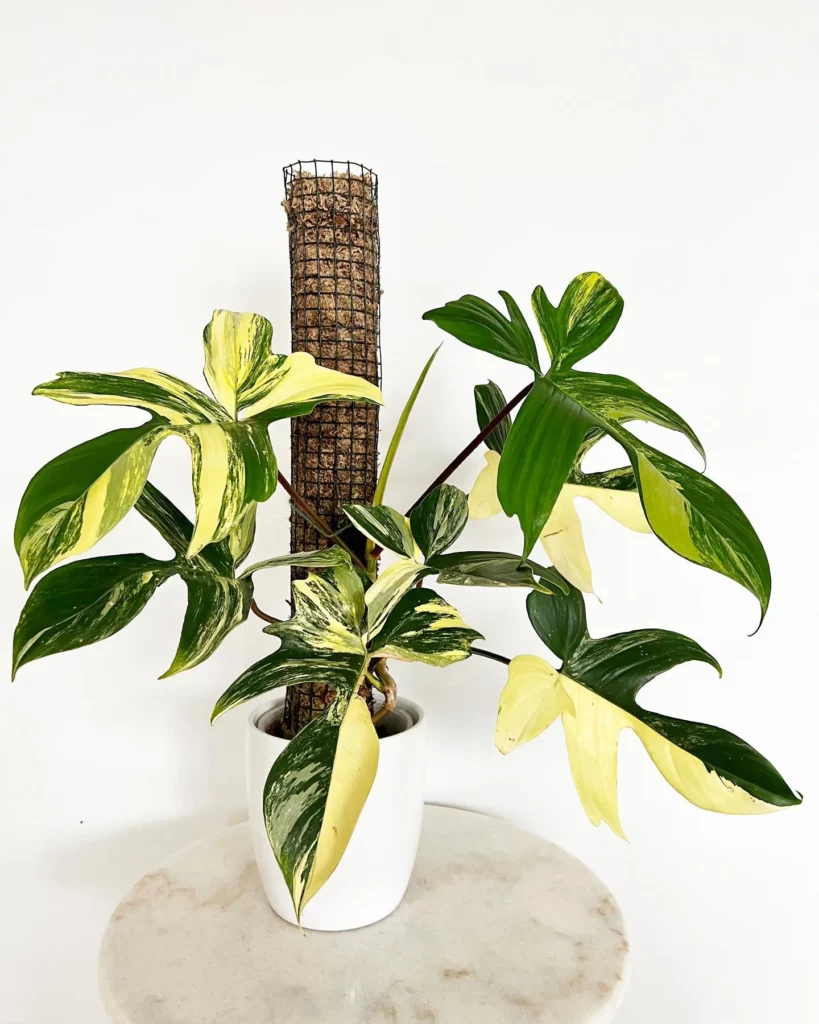
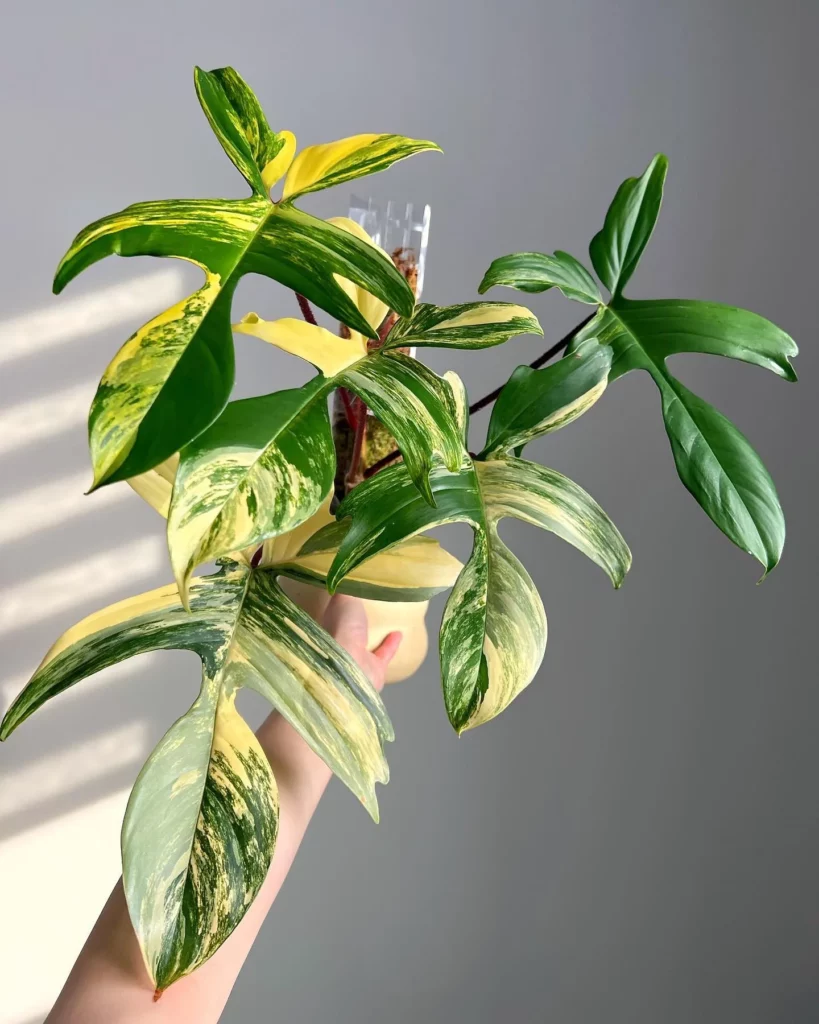
To ensure healthy growth and vibrant leaves for your Philodendron Florida Beauty, it’s essential to provide the plant with regular fertilization. By supplying the right nutrients, you can help your plant thrive and maintain its stunning appearance.
It is recommended to fertilize your Philodendron Florida Beauty once a month during the spring and summer months. Choose a nitrogen-rich fertilizer that is diluted according to the instructions on the package. This will prevent any potential harm to the plant’s roots and provide the necessary nutrients for optimal growth.
When fertilizing, it’s important to do so when the soil is slightly moist. This helps prevent any root burn that may occur if the fertilizer comes into direct contact with dry roots. To achieve this, water your plant lightly before applying the fertilizer.
In the fall and winter months, when the plant’s growth slows down, you can reduce the frequency of fertilization to every other month. This adjustment accounts for the plant’s decreased nutrient requirements during this period.
Potting and Repotting Philodendron Florida Beauty
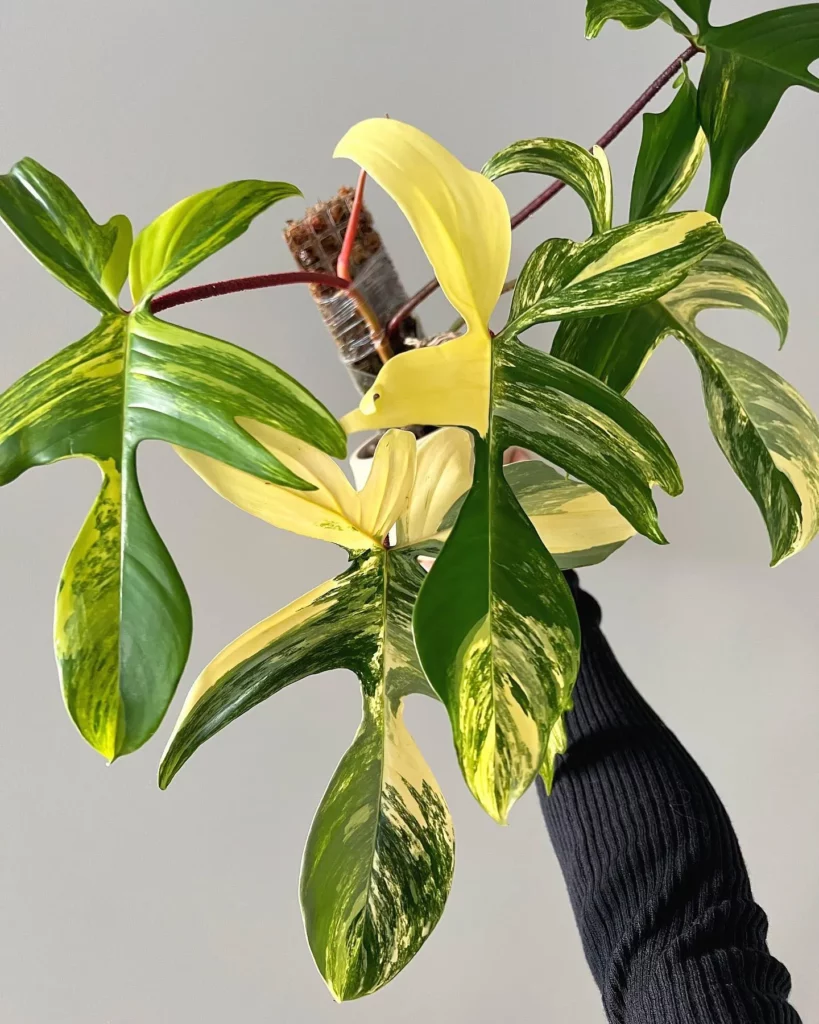
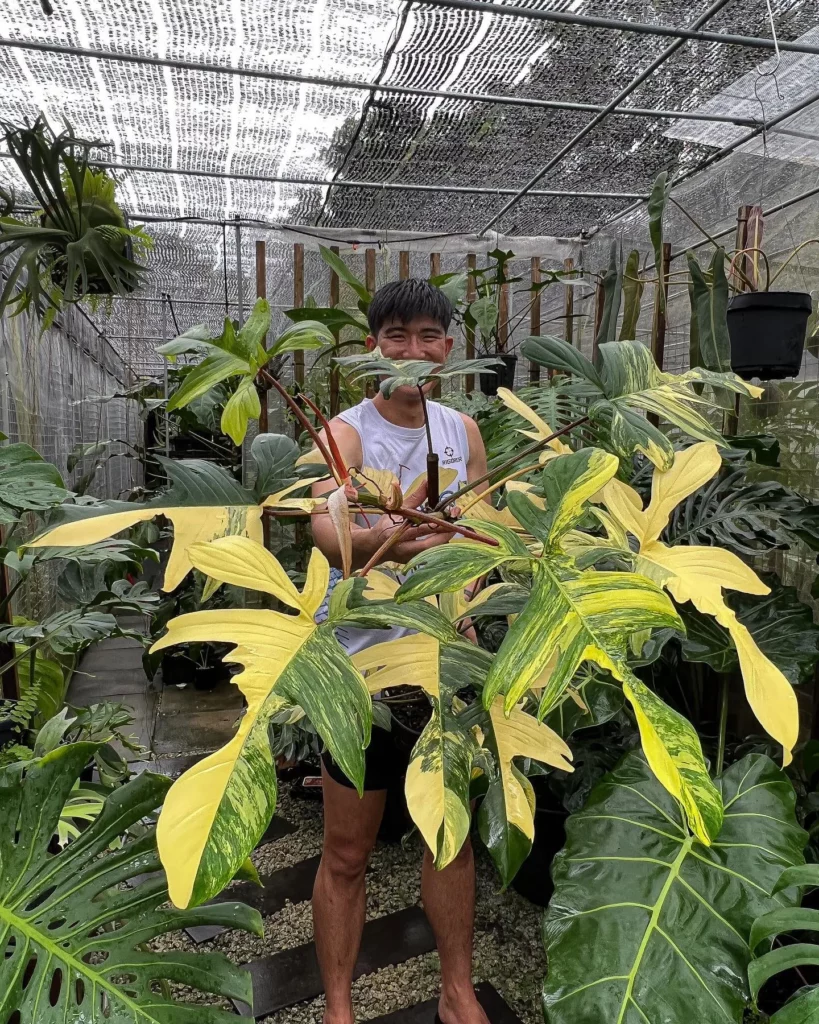
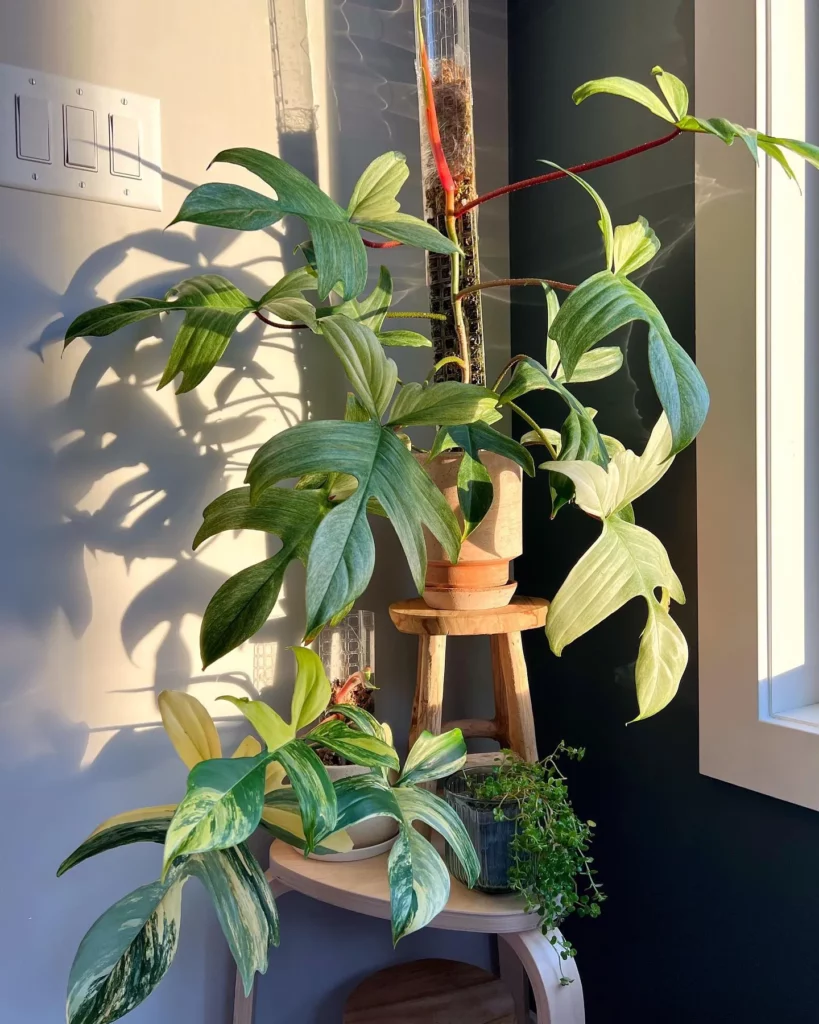
The Philodendron Florida Beauty thrives in a loamy, organic potting mix with good drainage. This type of soil provides the plant with the right balance of nutrients and moisture retention. If you want your Philodendron Florida Beauty to flourish, using loamy, organic potting mix is essential.
It is recommended to repot your Philodendron Florida Beauty every 2 to 3 years or when it outgrows its current container. Repotting provides the plant with fresh soil, giving its roots room to expand and access new nutrients. Choose a new pot that is 1 to 2 inches larger than the previous one to allow for growth.
During the repotting process, make sure to carefully remove the plant from its current container, gently untangling any crowded roots. Once you’ve placed the plant in the new pot, fill it with the loamy, organic potting mix, ensuring it’s well-draining to prevent waterlogged roots.
Propagation of Philodendron Florida Beauty
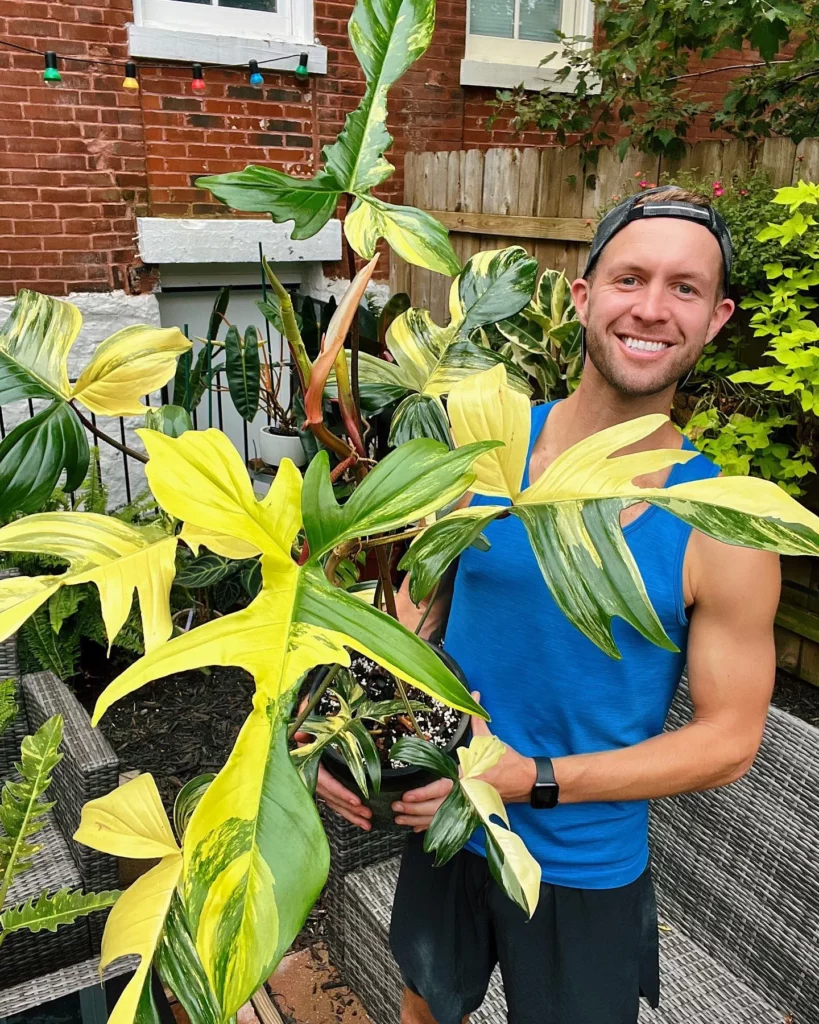
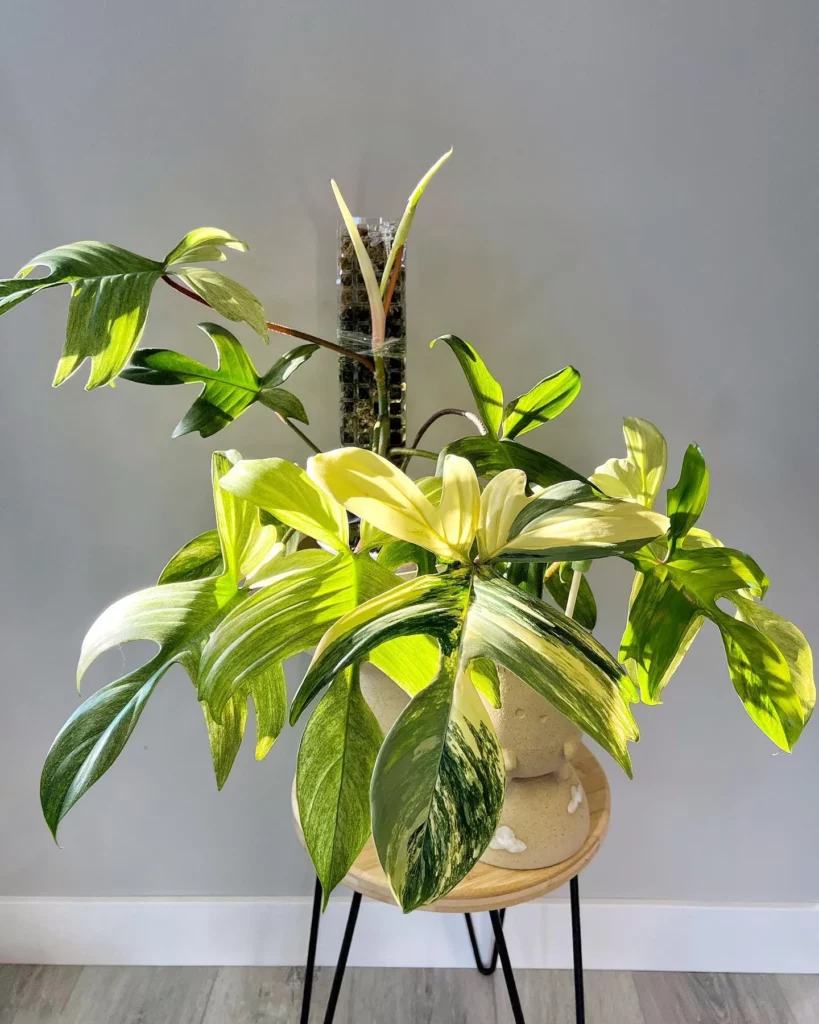
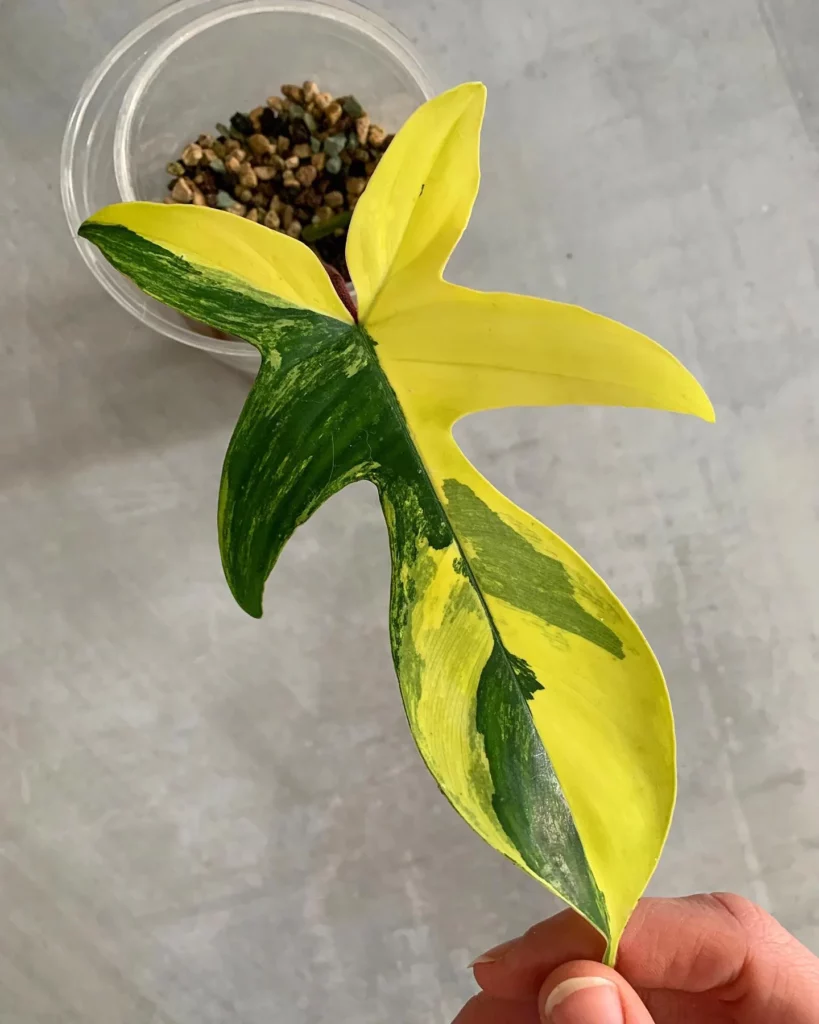
To propagate your Philodendron Florida Beauty, you have two options: stem cuttings and air layering. Stem cuttings involve taking a healthy stem with at least one leaf and a couple of nodes. Place the cutting in water or moist potting mix and wait for roots to develop. This method is simple and effective, allowing you to create new plants from your existing one.
Another propagation method is air layering. This technique involves making a small upward cut on a stem, applying rooting hormone, and wrapping the cut area with moist sphagnum moss. This encourages root growth. After a period of time, roots will form in the moss-covered area, and you can separate it from the parent plant to create a new Philodendron Florida Beauty.
Both stem cuttings and air layering are best done in spring, during the active growing season. This is the time when the plant is most likely to successfully root and establish new growth. By propagating your Philodendron Florida Beauty, you can have multiple plants to enjoy or share with fellow plant enthusiasts.
Growth and Development of Philodendron Florida Beauty
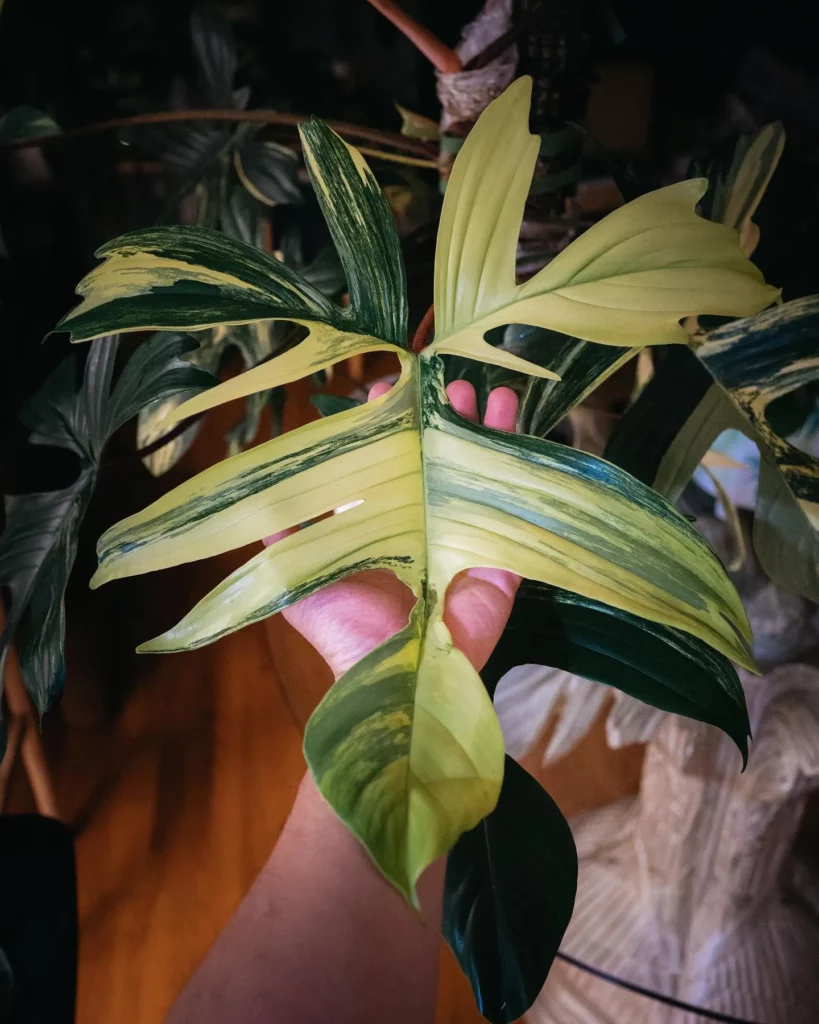
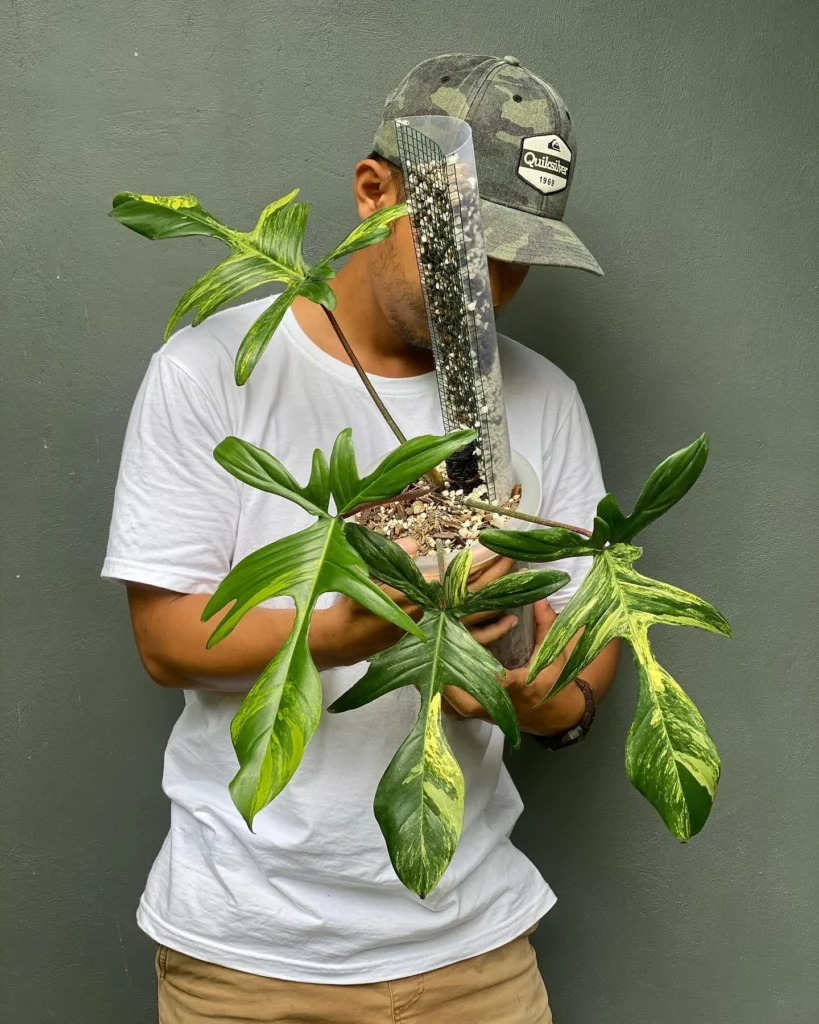
The Philodendron Florida Beauty is a fast-growing climbing plant that can reach impressive heights of up to 12 feet indoors. With its ability to grow tall and create a stunning focal point, this plant is sure to captivate anyone who sets eyes on it.
To support its upward growth, the Philodendron Florida Beauty requires some form of structure to climb on. Whether it’s a trellis, moss pole, or support stake, providing this plant with the means to reach its full potential is essential.
One of the remarkable features of this plant is its fast growth rate. With the right care and conditions, you’ll witness your Philodendron Florida Beauty fill your indoor garden space with lush greenery in no time. Its vibrant leaves and vigorous growth will truly bring life and vibrancy to your surroundings.
Pests and Diseases of Philodendron Florida Beauty
Like any plant, the Philodendron Florida Beauty can be susceptible to certain pests and diseases. One common disease is fire blight, which is caused by bacterial infection due to over-fertilizing. To prevent fire blight, it’s important to ensure that you use diluted fertilizer and avoid applying excessive amounts. If you notice any symptoms of fire blight, such as blackened or sunken areas on the leaves, it’s essential to prune off the affected leaves to prevent further spread.
Another pest that can occasionally affect the Philodendron Florida Beauty is mealybugs. These small, white, cotton-like insects can infest the plant and cause damage by sucking sap from the leaves and stems. To treat and prevent mealybug infestations, you can use neem oil. Dilute the neem oil according to the instructions on the package and apply it to the affected areas, making sure to cover both sides of the leaves. Regularly inspecting your plant for any signs of pests and taking prompt action can help prevent and address any potential issues.
Taking proper care of your Philodendron Florida Beauty, including maintaining a consistent watering and fertilizing routine, providing proper light conditions, and practicing good hygiene, can also help prevent pest and disease problems. By ensuring your plant is healthy and well-maintained, you can enjoy the lush growth and vibrant beauty of your Philodendron Florida Beauty for years to come.
FAQ
What is the Philodendron Florida Beauty?
The Philodendron Florida Beauty, also known as Magic Mask, is a stunning houseplant with dramatic variegated coloring. It is a hybrid of Philodendron squamiferum and Philodendron pedatum.
What does the Philodendron Florida Beauty look like?
The Philodendron Florida Beauty features elongated, heart-shaped leaves with lobes at the base and serrated edges. The leaves can grow up to 12 inches in length and have a variegated pattern of cream or white patches on a dark green background.
What kind of light does the Philodendron Florida Beauty need?
The Philodendron Florida Beauty thrives in bright but indirect light. It prefers a spot near a sunny window with a northern exposure, avoiding direct sunlight to prevent leaf scorching and variegation fading.
How often should I water and what type of soil does the Philodendron Florida Beauty need?
The Philodendron Florida Beauty prefers well-draining soil or potting mix. Water the plant thoroughly when the top 2 inches of soil have dried out. In the active growing season, this may be around once a week. In autumn and winter, adjust the watering schedule to every 10 to 14 days.
How should I fertilize the Philodendron Florida Beauty?
Fertilize your Philodendron Florida Beauty once a month in spring and summer using a diluted nitrogen-rich fertilizer. This should be done when the soil is slightly moist to avoid root burn. In fall and winter, reduce the frequency to every other month.
How should I pot and repot the Philodendron Florida Beauty?
The Philodendron Florida Beauty thrives in a loamy, organic potting mix with good drainage. It’s recommended to repot the plant every 2-3 years or when it outgrows its current container. Choose a pot that is 1-2 inches larger than the previous one to give the plant room to grow.
How can I propagate the Philodendron Florida Beauty?
You can propagate your Philodendron Florida Beauty through stem cuttings or air layering. Stem cuttings can be placed in water or moist potting mix until roots develop. Air layering involves making a small upward cut on a stem, applying rooting hormone, and wrapping it with moist sphagnum moss until roots form.
How big does the Philodendron Florida Beauty grow?
The Philodendron Florida Beauty can reach up to 12 feet tall indoors and is a climbing plant that requires a structure to grow upward.
What pests and diseases should I watch out for with the Philodendron Florida Beauty?
The Philodendron Florida Beauty can be susceptible to fire blight disease, caused by bacterial infection due to over-fertilizing. Mealybugs can also occasionally affect this plant but can be treated with neem oil. Proper care and maintenance, including regular inspections, can help prevent and address any potential pest or disease issues.

